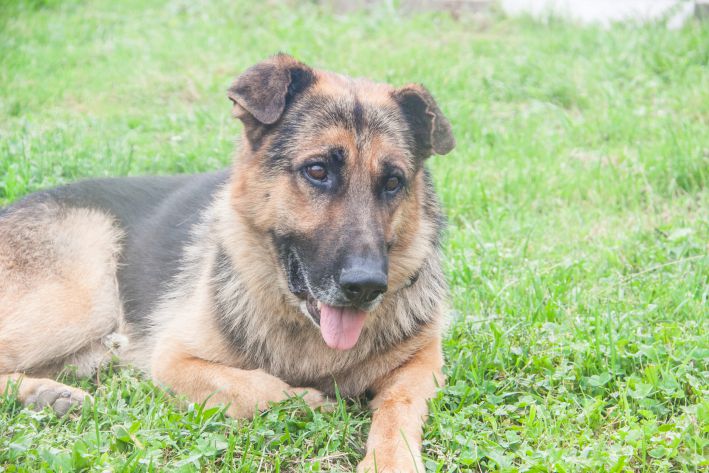How to Feed a Dog: Practical Tips
Have you got a puppy or an adult dog and are wondering how to properly organize its feeding?
This question worries every responsible owner.
After all, the health and well-being of our four-legged friend largely depends on nutrition.
Today we will look at the basic principles and rules of feeding dogs. We will find out which food is best to choose, how often and in what quantity to feed the animal depending on its age and activity. We will figure out whether the dog needs vitaminization of the diet and how to properly water the pet.
By carefully studying these practical recommendations, you will be able to organize a complete and balanced diet for your four-legged friend.

Choice of food
The first thing to start with is choosing food. Today, pet stores offer a huge variety of dog products. How do you make the right choice?
Let's look at the main types of feed:
- Natural foods are as close as possible in composition to the natural diet of predators. They include meat, offal, vegetables, cereals. Such foods provide the dog with all the necessary nutrients. But their preparation requires time and certain skills.
- Dry ones are easy to use and store. Granules are easy to dose and do not spoil for a long time. High-quality dry foods contain a balanced set of ingredients. The main thing when choosing is to pay attention to the composition.
- Wet food is canned food or pates. It contains boiled or fried meat, cereals, vegetables, animal fats. Such food is well eaten by dogs, but requires careful storage.
When choosing food, pay attention to the dog's age, size, activity level, and health. Puppies under one year old are better off with food for growing dogs. For older and sedentary animals, choose food for dogs over 7 years old.
Feeding regime and norms
In order for the dog to grow healthy and active, it is important to determine the feeding regime correctly. Puppies up to 3 months are fed 4-6 times a day. At 3-6 months, 3-4 feedings are optimal. For adult dogs, 2 times a day is enough.
Feeding once a day can reduce the dog's metabolism. And feeding more than 3 times a day is not advisable, since the food is not digested in large doses.
An important point is determining the feeding rate. Follow the manufacturer's recommendations on the food packaging. For puppies, this is an average of 10 g of dry food per 1 kg of weight per day. An adult unsterilized dog of average activity requires 30-40 g of dry food per 1 kg of weight per day.
Monitor your pet's weight and adjust feeding rates if necessary.
Fortification and adaptation
Many owners ask themselves: is it necessary to add vitamins to the dog's diet? The answer depends on the quality of the main food.
If you have chosen a complete, high-quality premium food, additional vitamins will most likely not be required. Their excess can be harmful.
However, in some cases, vitaminization will be useful:
- When changing diet, to facilitate adaptation
- During illness, stress, after vaccination
- To improve the growth of hair and claws
- During pregnancy and lactation in bitches
- For puppies and senior dogs
It is better to give vitamin complexes periodically for 2-4 weeks with breaks, as recommended by a veterinarian.
Drinking regime
It is equally important to take care of the drinking regime. Water should always be available. It is preferable to use a separate drinking bowl rather than pouring it into a bowl with food.
A dog's need for water depends on its size, age, and physical activity. On average, an adult drinks 50-100 ml of water per 1 kg of weight per day. Puppies drink more.
Make sure your pet always has access to clean, fresh water. Change the water 1-2 times a day. Wash and disinfect the drinking bowl regularly.
Conclusion
Proper feeding is the key to the health and well-being of the dog. Take care of a balanced diet taking into account the age and characteristics of the animal. Follow the feeding regime. Do not forget about water and vitaminization. And your pet will please you with activity and a great mood!
It was previously reported whether it is worth getting a Doberman .
